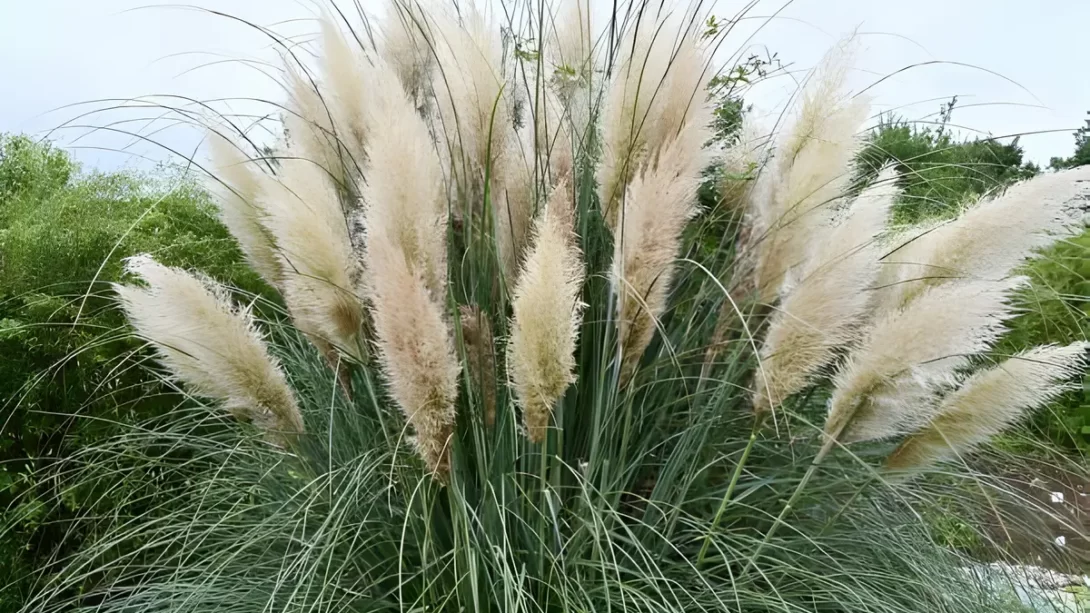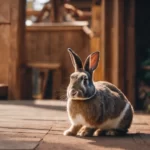Pampas Grass, scientifically known as Cortaderia selloana, is a tall, ornamental grass native to South America. Initially popular in gardens for its striking appearance and feathery plumes, Pampas Grass has gained notoriety for its less desirable qualities. This article delves into the reasons behind the growing concern over Pampas Grass and its impact on both the environment and garden maintenance.
Environmental Concerns
Invasiveness: How Pampas Grass Spreads Rapidly
Pampas Grass is characterized by its robust growth and ability to thrive in various conditions, making it a highly invasive species. It spreads through numerous seeds, which are easily dispersed by wind and can take root in a wide range of environments. This rapid spread allows Pampas Grass to dominate large areas quickly, often outcompeting native flora for resources.
Competition with Native Plants: Effects on Biodiversity
The aggressive growth of Pampas Grass poses a significant threat to local biodiversity. As it proliferates, it diminishes the space and resources available for native plant species. This competition can lead to a decline in indigenous flora, resulting in a loss of the natural plant diversity essential for healthy ecosystems.
Disruption of Local Ecosystems: Impact on Wildlife
Pampas Grass not only affects plant life but also has a detrimental impact on local wildlife. Its dense growth can alter habitats, making them unsuitable for certain wildlife species. This disruption can lead to a decrease in native fauna, further unbalancing the ecosystem. The plant’s tall and dense structure also provides a hiding place for rodents and other pests, potentially leading to increased pest problems in nearby cultivated areas or human habitations.
Maintenance Challenges
Size and Growth Rate: Problems with Controlling its Spread
One of the primary maintenance challenges with Pampas Grass is its sheer size and rapid growth rate. It can reach up to 3 meters in height, with a similar spread, often overwhelming spaces in gardens and landscapes. This vigorous growth not only makes it difficult to control but also can lead to overcrowding of other plants, requiring constant vigilance and effort from gardeners to keep it in check.
Difficulty in Removal: Deep Roots and Resilient Nature
Removing Pampas Grass is a daunting task due to its deep and extensive root system. These roots make it remarkably resilient, capable of regrowing even after cutting back the above-ground foliage. Complete eradication often requires multiple attempts, involving digging out the roots or applying herbicides, both of which can be labor-intensive and potentially harmful to the surrounding environment.
Safety Concerns: Sharp Leaves and Fire Hazards
An often-overlooked aspect of Pampas Grass is the danger it poses to physical safety. Its leaves are sharp and can easily cause cuts and scratches to unsuspecting gardeners or passersby. Additionally, the dry foliage of Pampas Grass is highly flammable, posing a significant fire risk, especially in regions prone to wildfires.
Allergenic Properties
Pampas Grass is not only a concern for its environmental and maintenance challenges but also for its impact on human health, particularly for those with allergies. It produces a significant amount of pollen, which can be a potent allergen for many people. This pollen can contribute to respiratory issues, such as asthma and hay fever, exacerbating these conditions in individuals who are sensitive to airborne allergens.
Legal and Regulatory Issues
Regions Where Pampas Grass is Banned or Restricted
Due to its invasive nature and the various problems it poses, Pampas Grass is banned or restricted in several regions. In places like California, Hawaii, and parts of Australia, authorities have recognized the environmental threat it poses and have implemented regulations to control its growth and spread. These regulations can include restrictions on selling, planting, and distributing Pampas Grass, with penalties for non-compliance.
Consequences of Illegal Planting or Distribution
Gardeners should be aware of the legal implications of planting Pampas Grass in areas where it is regulated. Illegal planting or distribution can result in fines and other legal consequences, not to mention the ethical considerations of contributing to environmental degradation. It’s important for garden enthusiasts to stay informed about local regulations and to respect laws designed to protect native ecosystems.
Alternatives to Pampas Grass
Eco-Friendly and Non-Invasive Ornamental Plants
For those seeking alternatives to Pampas Grass, there are many eco-friendly and non-invasive ornamental plants to consider. Options like Feather Reed Grass (Calamagrostis x acutiflora), Fountain Grass (Pennisetum setaceum), or Maiden Grass (Miscanthus sinensis) can provide a similar aesthetic without the negative environmental impact. These alternatives are easier to maintain and pose fewer risks to local ecosystems.
Benefits of Choosing Native Species for Gardens
Choosing native plants for gardens not only reduces maintenance efforts but also supports local biodiversity. Native species are adapted to local conditions and play a crucial role in supporting native wildlife, including pollinators like bees and butterflies. Incorporating native plants into garden designs contributes to the health and resilience of local ecosystems.
Conclusion
The negative impacts of Pampas Grass, ranging from environmental degradation to maintenance challenges, make it a problematic choice for gardeners. Understanding the issues associated with this plant is crucial, as is being aware of legal restrictions in certain areas. Fortunately, numerous alternatives offer the beauty of ornamental grasses without the adverse effects of Pampas Grass. By choosing these alternatives, gardeners can enjoy their hobby while contributing positively to the environment and local biodiversity.



